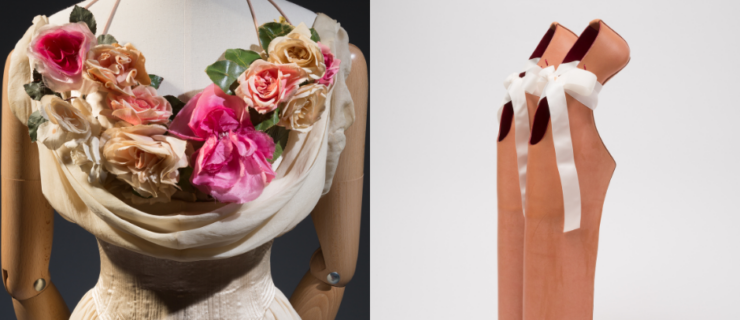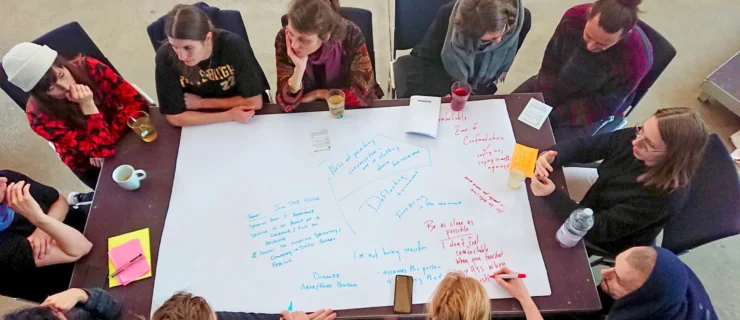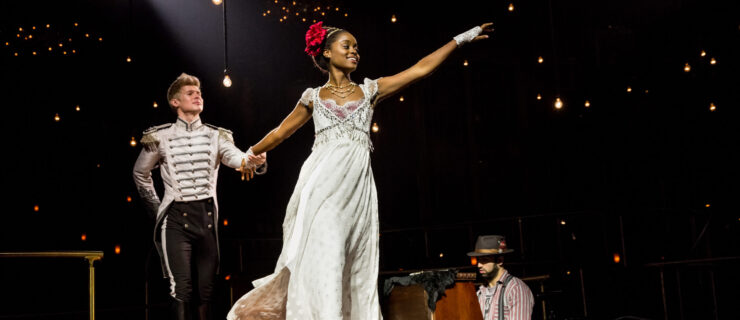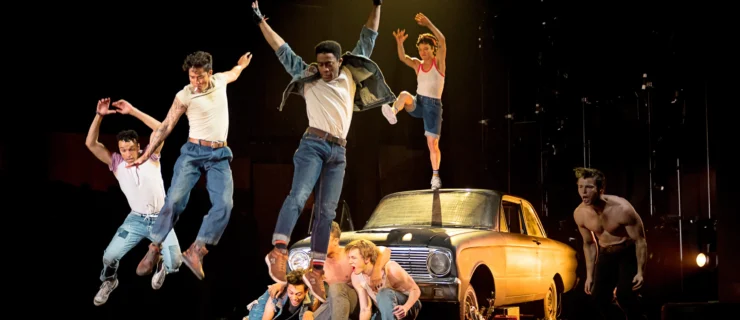SommerSzene
SommerSzene: China/India
Various Venues, Salzburg, Austria
June 21–July 14, 2007
Reviewed by Kate Mattingly
Typically home to the well-known dance makers coming from Belgium (Meg Stuart, Wim Vandekeybus, Alain Platel), SommerSzene opted for something different this year. Artists were selected from cities in India and China and came from different disciplines—dance, theater, music, film, and visual arts. A multi-faceted view of different contexts through different media gave the festival a kind of kaleidoscopic effect: Each night the frame shifted to show another aesthetic, another statement.
Memorable presentations included a film made by Wu Wenguang (from Beijing) called Dance with Farm Workers, which showed a collaboration between contemporary choreographer Wen Hui and manual laborers; and an austere creation called Paper Doll, by Padmini Chettur, a contemporary choreographer based in Chennai.
The most interesting dance component in the festival was its ability to show three successive generations of choreographers. During the first week there was a duet choreographed by Chandralekha. During the second week Chettur, who worked with Chandralekha, showed two creations. The third week Sujata Goel, a choreographer who was a member of Chettur’s company, showed her recent work. It was interesting to see how choreographic ideas evolve and how generational changes are visible across geographic borders.
Chettur seems to be driven by a desire to push our capacity to concentrate, to stay engaged. Paper Doll is a meditative presentation of five women, arranging and dispersing in formations that appear and transform like paper folded into origami. There is a spare, delicate quality in this piece that calls to mind sculptures by Giacometti. In Pushed, also for five women, Chettur uses a deliberate, persistent slowness.
Goel, on the other hand, is interested in popular entertainment such as the Bollywood industry, and in her piece called Disco Dancer she reconstructs a duet from a 1983 movie also called Disco Dancer. Performing with Tarek Halaby, she is charming, entertaining, and charismatic. Their interactions are reminiscent of 1977’s Saturday Night Fever.
Topics of identity, expression, and representation came up frequently in discussions with the artists. Chettur spoke eloquently about her work as not being emblematic of a geographic region, but rather the individual expression of one artist.
At a time when there is so much talk about globalization, when borders become more permeable and shifting, SommerSzene’s programming of contemporary artists from regions outside of the familiar is a sign of refreshing change.




